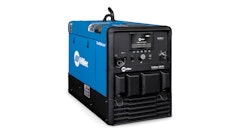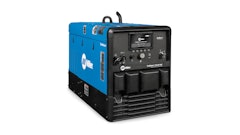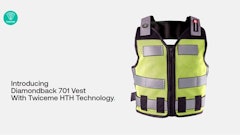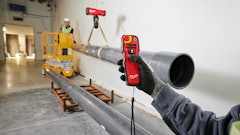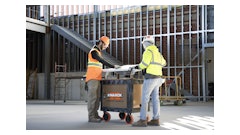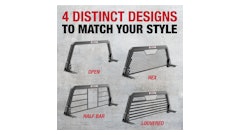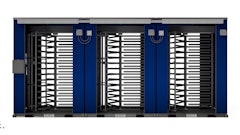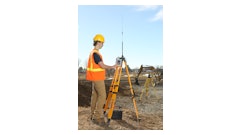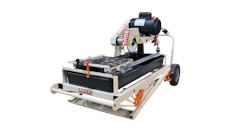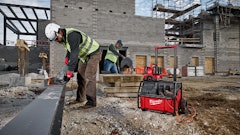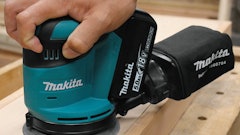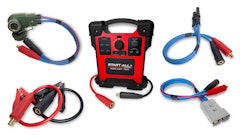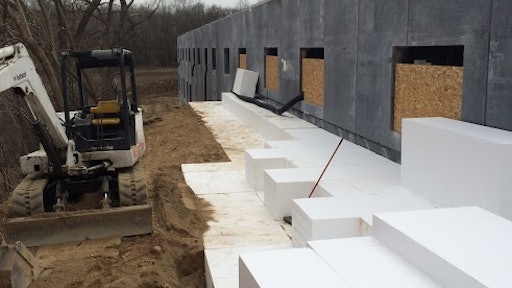
By Pat Austin
The challenge:
Design and build a 55,000-square-foot office and distribution center which featured precast walls and was being built into an existing hill on site.
The players:
PSG
Wanasek Corporation
The process:
Wisconsin Vision Associates (WVA) of Burlington, WI, had outgrown its inefficient 17,000 square feet of space in a collection of buildings and wanted to build a new headquarters that could bring all of its workers and business under one roof.
“WVA came to us because they had experienced tremendous growth and wanted to consolidate their various facilities into a true headquarters,” said Peter Scherrer, owner of commercial construction company PSG.
A family-owned business, WVA began as a buying co-op and medical goods distributor serving Optometrists in the early 1980’s and after some 30 years of continuous growth they were well-beyond the need for a facility consolidation. Prior to developing their new headquarters facilities WVA was operating from a collection of buildings in Burlington totaling about 17,000 square feet of inefficient space. As an illustration of some of the inefficiencies that needed to be resolved, none of WVA’s former buildings had a loading dock despite the fact that shipping and receiving medical goods is essential to their business. The new 55,000 square foot offices and distribution center developed and constructed by PSG now accommodate all of WVA’s 200 plus employees in a single location.
“PSG serves as a single point of contact throughout the entire development process for clients who don’t have the expertise or internal resources to manage a large-scale project,” comments Scherre. The Wisconsin Vision Associates project was managed in large part by Leslie Sherrer Pella, Peter’s daughter and business partner at PSG.
WVA’s site selection criteria were pretty specific. Their first priority was to get out of downtown Burlington where the semi-tractor trailers coming and going from their facilities were causing traffic problems for local residents and businesses. “They asked us to find a site that had great access to the postal system without having to cross any of several sets of train tracks crossing through town.”
PSG was able to locate and acquire an ideal site that offered unencumbered postal access, while still being close to town. At approximately 27 acres, the site was more than large enough to accommodate WVA’s planned facility, but an environmental corridor running through the property did add some complexity to the development process.
“Because of our desire to keep the new building out of the environmental corridor, we wanted to build as close to the east property line as possible,” continues Scherrer. “We worked closely with the architects and engineers to evaluate several different strategies to tuck the building into an existing hill on the site in order to minimize the building’s impact on its surroundings but doing so presented some engineering challenges.”
The primary challenge was how to cost-effectively nestle the building into the hillside. Early design investigations into different structural engineering systems capable of supporting both the building’s precast wall panels and the weight of the hillside were cost prohibitive until the structural engineer suggested the possibility of using ACH Foam Technologies’ Foam-Control EPS Geofoam.
“By using the EPS Geofoam as the fill material, we were able to significantly reduce the lateral and bearing loads of the hill on the structure,” says Scherrer. At about 1% the weight of traditional earth materials, ACH’s Foam-Control EPS Geofoam is a cellular plastic material that has a high compressive resistance up to 18.6 psi at 1% deformation.
Lightweight and extremely easy to install using non-specialized labor, the construction team on the project assembled more than 470 cubic yards of ACH Foam Technologies’ geofoam in just three days, eliminating the need for costly and time consuming earth work. PSG was able to work with the sales and engineering teams are ACH to define the exact number and sizes of pieces of Geofoam, which were delivered to the site pre-cut in the order needed.
From there the earthwork contractor, Wanasek Corporation, was able to move the foam blocks into place by hand, stacking and assembling them in the specified order without much effort. While this subsoil support component has been a staple of heavy civil construction, general contractors in the vertical construction market are just beginning to realize the immense benefits of this product.
In addition to this innovative use of EPS Geofoam, the design team also incorporated another ACH Foam Technologies product in a much more traditional application, roofing insulation. Available in a range of R-Values from 4.2 to 4.5 per inch at 75°F, Foam-Control’s Flat EPS Roof Insulation is compatible with loose-laid and attached single ply-membranes, conventional built-up roofing and modified bitumen systems.
In the case of Wisconsin Vision Associates new facility, Type VIII EPS provided the highest R-Value making it an ideal choice to help reduce heating costs during Wisconsin’s frigid winter weather. A key advantage of EPS insulation is that unlike polyisocyanurate insulation products, the product’s R-Value remains constant overtime, whereas polyisocyanurate products decrease in R-Value overtime as the product off-gases its blowing agent.
“ACH’s products were ideal for our needs,” finishes Scherrer. “We are always striving to find the best solutions for our clients and ACH helped us do that. Both products saved us and our client time and money, were easy to work with and provide a long-term benefit to the finished facility. Really, what more can you ask for.”









